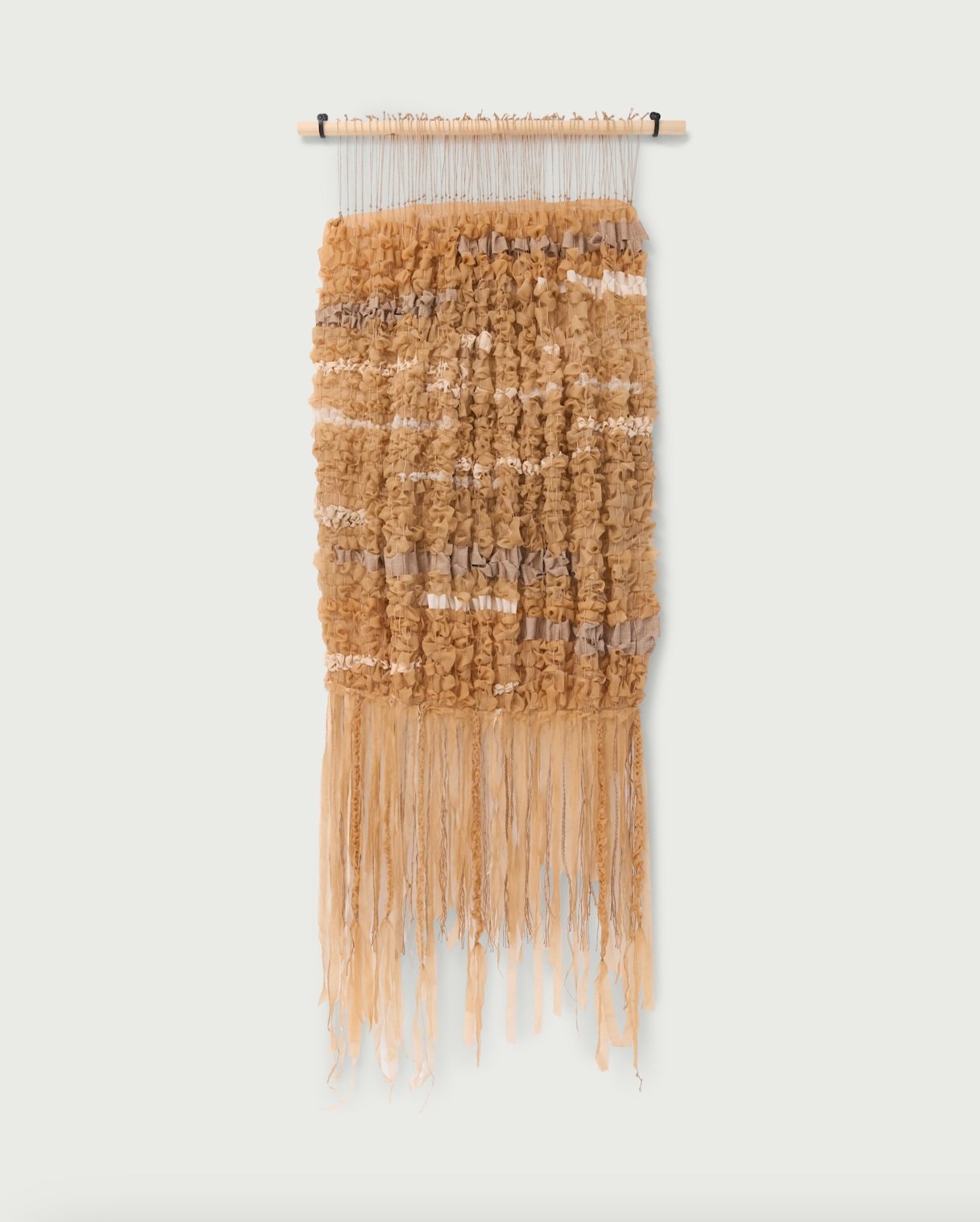Matrescence, 2024, 260 x 100 cm
silk organza, cotton, synthetic fabric, scrim, jute yarn, vicryl sutures, polyester thread.

Matrescence, 2024, 260 x 100 cm
silk organza, cotton, synthetic fabric, scrim, jute yarn, vicryl sutures, polyester thread.